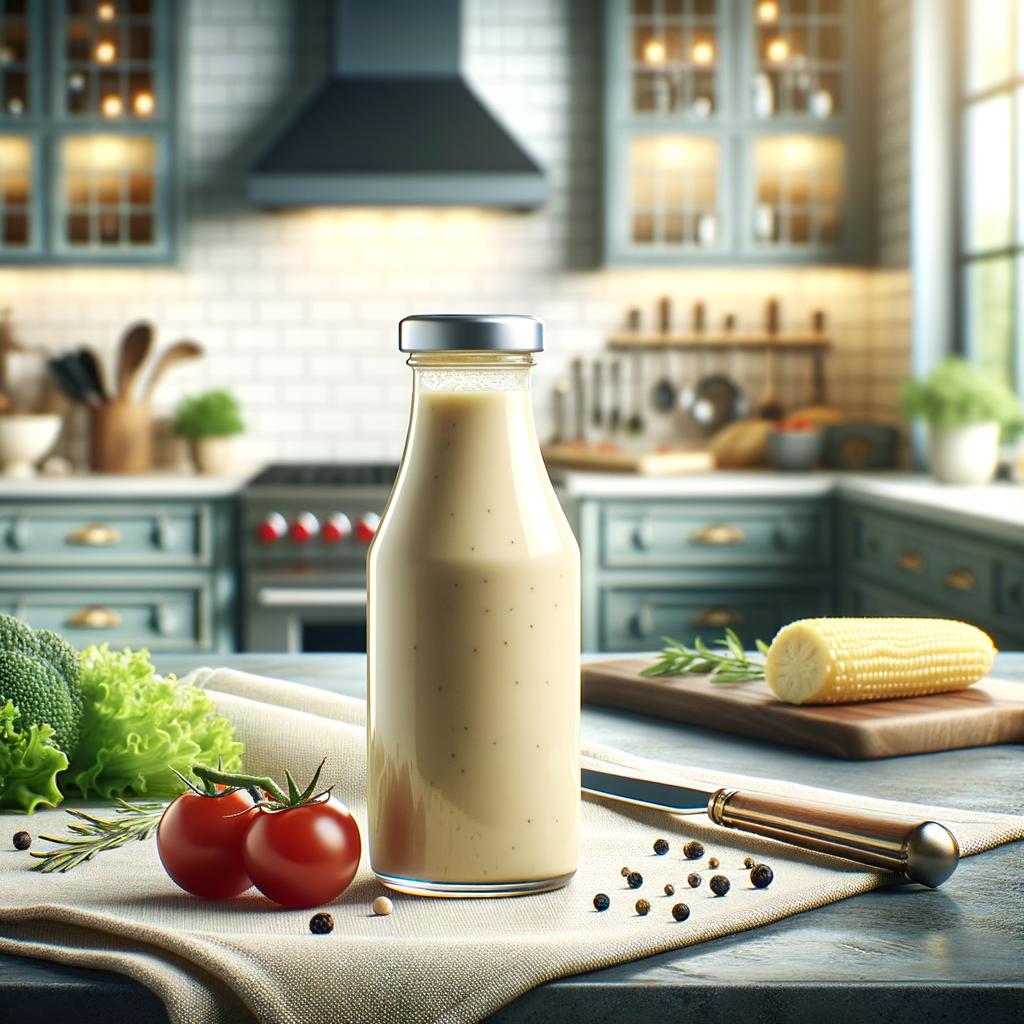Russian Dressing

Description
Russian dressing, a delectable concoction that is as vibrant in flavor as it is in color, is the star of today's food tale. It boasts a creamy texture, a rich, deep orange hue, and a flavor profile that is a delightful dance of sweet, tangy, and spicy notes. The unique kick of this dressing comes from the harmonious blend of mayonnaise, ketchup, horseradish, and a few other ingredients that vary by recipe. Unlike other dressings, Russian dressing has a chunky texture, thanks to the addition of relish or chopped pickles, setting it apart from its smoother counterparts.
Primary Uses
Russian dressing is a versatile ingredient, lending its unique flavor to a variety of dishes across different cuisines. It's most famously used in Reuben sandwiches, where it adds a tangy contrast to the rich corned beef and Swiss cheese. It also serves as a delightful dressing for salads, a zesty dip for fries and vegetables, or a flavorful spread for burgers. Beyond the culinary world, Russian dressing has found a place in popular culture, often associated with the classic American diner experience.
History
Despite its name, Russian dressing is not a Russian invention, but a creation of the United States. It was first whipped up in the early 20th century by a grocer named James E. Colburn, who began selling it as a bottled condiment in Nashua, New Hampshire. The "Russian" moniker is believed to come from Colburn's inclusion of caviar in the original recipe, a product often associated with Russia. Over time, the use of Russian dressing spread across the United States, becoming a beloved staple in salads and sandwiches. Its popularity peaked in the mid-20th century but has seen a resurgence in recent years as part of a broader trend of nostalgia for classic American dishes.
Nutritional Information
While Russian dressing is undeniably tasty, it should be enjoyed in moderation as part of a balanced diet. It is high in calories and fat, primarily from the mayonnaise base. However, it does offer some nutritional benefits. The tomatoes in the ketchup provide a source of vitamin C and lycopene, a powerful antioxidant. The horseradish is known for its anti-inflammatory properties and ability to boost the immune system. Compared to similar dressings like Thousand Island, Russian dressing tends to be lower in sugar and higher in flavor, making it a more robust, less sweet option.

